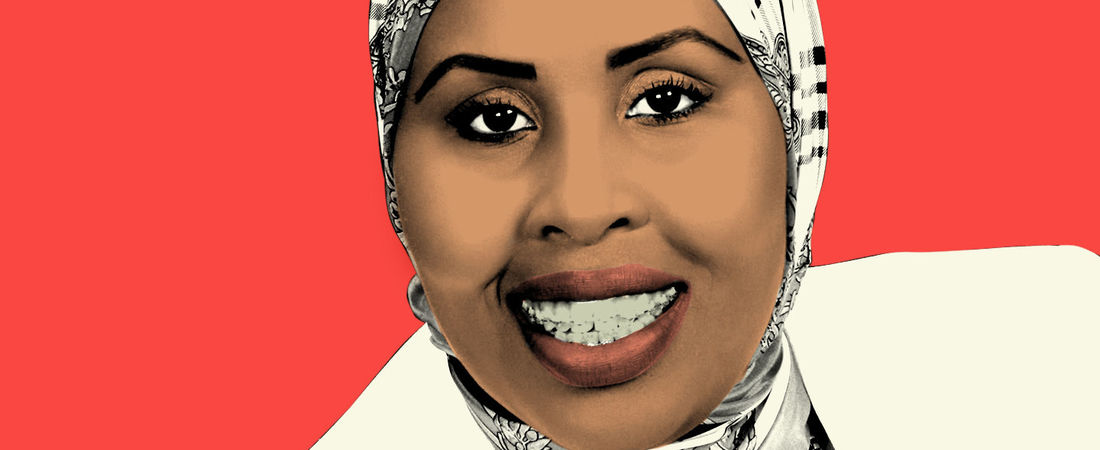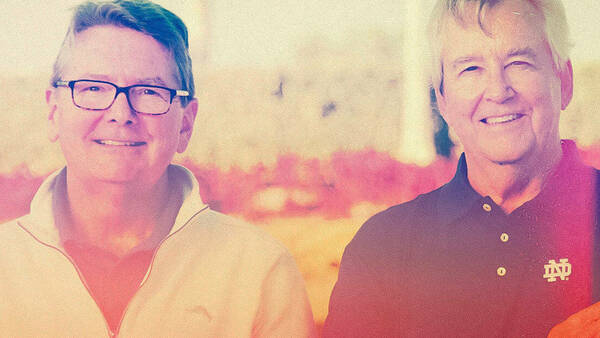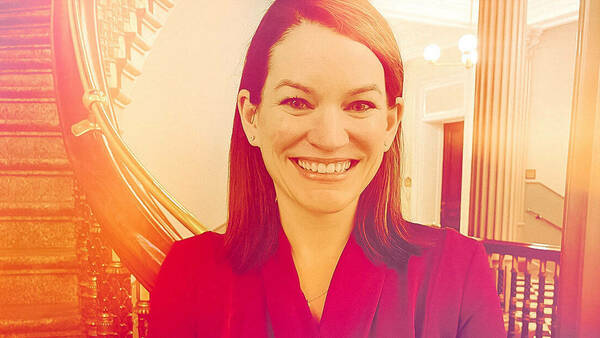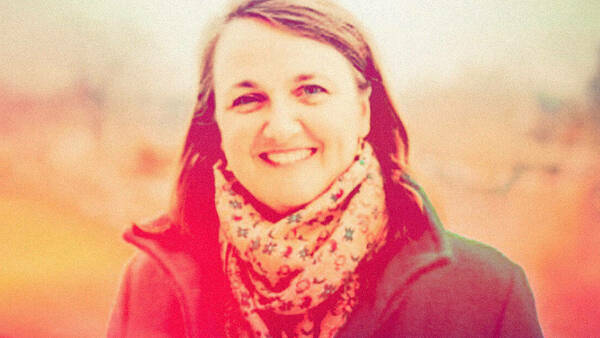When Hudda Ibrahim ’15 M.A. was growing up in Somalia in the 1990s, she says, “hospitality and getting to know your neighbors was part of my culture. I remember growing up in Africa, especially after holidays, my dad would slaughter goats and have me and my little brothers invite the neighbors for a meal.”
When she immigrated to St. Cloud, Minnesota, she found a community of Somali transplants who welcomed her with open arms. Minnesota has the largest concentration of Somalis in the United States, and most of these immigrants came because of the abundance of factory jobs in the area. But Ibrahim also found a local community that seemed confused or threatened by the immigrant presence. And many native Minnesotans had questions about her Muslim faith.
“People would ask me questions like, ‘What is the significance of the hijab? Why did you come to central Minnesota? Are you imposing your ideas and your faith onto the American people?’” Ibrahim says. “So, I thought to myself, maybe there is some work to be done in terms of bridging the knowledge gap and helping our neighbors understand that immigrants and refugees are looking for safety, education, and job opportunities.”
So she authored a book to answer these questions, called From Somalia to Snow: How Central Minnesota Became Home to Somalis. Then, turning to the tradition of hospitality that was so familiar in her culture, Ibrahim started an event series called Dine and Dialogue, a free dinner and conversation about what it means to be Muslim in America.
“The purpose of Dine and Dialogue is to try to find commonality among different faiths, cultures, and backgrounds, and that goes along really well with my beliefs as a Muslim person,” says Ibrahim, who co-hosts the dinners with her husband, Abdi Mahad. “There are some people who are really afraid of these new Americans—we have this misunderstanding of the immigrant community. My husband and I said, ‘What steps can we take to diffuse the tensions between the native-born residents and immigrants?’”
The couple hosted the first dinner in 2017, and in the two years since, the program has expanded to include more than 130 participants at dinners hosted every other month, often at a local park or library. Ibrahim cooks traditional Somali food, like basmati rice and samosas, a fried dish filled with potatoes, vegetables, or meat. Seated around the table are fellow Somali refugees alongside white Minnesotans, young and old. Ibrahim asks them each to introduce themselves and share what their values are.
“Soon they realize, we are the same, we are all still human,” she says. “And people keep coming. As people have gotten to know each other, trust in the Somali community has increased.”
Ibrahim came to the United States as a refugee in 2006, fleeing ongoing conflict in Somalia as opposing groups fought for power. She did not know any English and took ESL classes before enrolling at a local community college and then transferring to the College of St. Benedict and St. John’s University (a two-school partnership), where she earned her bachelor’s degree in English and peace studies. As an undergraduate, Ibrahim was fascinated by the work of Notre Dame’s John Paul Lederach, professor emeritus of international peacebuilding, and she presented at a peace studies conference on Notre Dame’s campus.
Her next step was clear: enroll in Notre Dame’s master’s program in peace studies at the Kroc Institute for International Peace Studies. Ibrahim says she was interested in peace studies as her undergraduate major because she had seen the importance of communication in managing cultural conflict as a refugee.
This interest has also led to her current business, Filsan Talent Partners. The business draws its name from a childhood nickname Ibrahim’s mom gave her (in the Somali language, filsan means “beauty” and is also traditionally used to refer to someone with strong leadership qualities). She now works with businesses in the St. Cloud area to help them hire and retain immigrant and refugee employees, paying special attention to cultural context, clear communication, and reasonable accommodations.
Ibrahim also teaches diversity and social justice courses at St. Cloud Technical and Community College, serves on a number of nonprofit boards, and has been recognized with local “Difference Maker” and “5 Under 40” awards. She travels around Minnesota for speaking engagements, using her books as a template to educate people from all walks of life about the immigrant and refugee experience. She is planning to publish a children’s book titled What Color is My Hijab? in December of 2019.
“Asking questions and talking will begin to normalize positive relationships with each other,” Ibrahim says of bringing together immigrants with those who already live in the community. “The discomfort they might feel doesn’t last long when people come with a smile and an open mind. Soon you will have that realization that we are more alike than you think. We want to build relationships and understanding in this community.”
It was Lederach, her Notre Dame professor, who told Ibrahim that “conflict cannot be resolved, but it can be transformed,” which is what she now focuses on in Minnesota. Her work has drawn national attention, with CNN visiting to do a feature on the Dine and Dialogue meals. For her, the pull to be a leader in her immigrant community and use her peace studies skills for their benefit remains strong.
“In this era, people are afraid of each other—because our leaders are telling us to be afraid of each other. People like me left their country due to violence and persecution, and we came here legally as refugees because we want to be safe and secure just like anybody else,” Ibrahim says. “People fear things they don’t know and people sometimes don’t like change. But I always tell people that diversity is our strength. Diversity is not going to stop you or me from exercising our beliefs and values. We need to learn to live together and respect our differences and also value our commonalities.”



